Introduction
The mantis shrimp, scientifically known as Squilla, is a fascinating and unique aquatic creature found in tropical and subtropical waters around the world. Renowned for its vibrant colors, powerful eyesight, and rapid striking capabilities, mantis shrimp are not only fascinating to observe but also a culinary delight. When cooked, their flesh becomes tender and flavorful, making them a popular seafood choice among food enthusiasts. However, preserving cooked mantis shrimp can be challenging due to their perishable nature. In this comprehensive guide, we will explore various methods to ensure that your cooked mantis shrimp remain fresh, tasty, and safe to consume for as long as possible.
Understanding the Perishability of Cooked Mantis Shrimp
Before diving into preservation techniques, it’s crucial to understand why cooked mantis shrimp spoil quickly. Like most seafood, mantis shrimp are highly perishable due to their high moisture content and the enzymes present in their flesh that can cause rapid decomposition once cooked. Additionally, improper handling or storage can lead to bacterial growth, further accelerating spoilage. Therefore, preserving cooked mantis shrimp involves minimizing exposure to air, controlling temperature, and inhibiting bacterial activity.
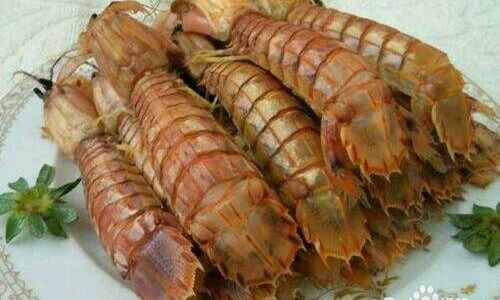
Immediate Cooling After Cooking
The first step in preserving cooked mantis shrimp is to cool them down rapidly. Immediately after cooking, transfer the shrimp to a shallow container and place it in the refrigerator or an ice bath. The goal is to bring the internal temperature of the shrimp down to 40°F (4°C) or below within two hours. This rapid cooling helps to slow down the growth of bacteria and preserves the quality of the shrimp.
Refrigeration
Refrigeration is the most straightforward and commonly used method for preserving cooked mantis shrimp. Here are some tips to maximize freshness when storing cooked shrimp in the refrigerator:
-
Proper Packaging: Use airtight containers or resealable plastic bags to store the shrimp. Ensure that there is minimal headspace to reduce oxygen exposure, which can accelerate spoilage.
-
Single-Layer Storage: If possible, arrange the shrimp in a single layer to ensure even cooling and to prevent stacking, which can crush the delicate flesh.
-
Label and Date: Always label the container with the date of cooking to keep track of how long the shrimp have been stored. Cooked mantis shrimp should be consumed within two to three days for optimal freshness.
-
Avoid Cross-Contamination: Store the shrimp in a separate compartment or on a shelf away from raw meats and other potentially contaminated foods to prevent cross-contamination.
Freezing
For longer-term preservation, freezing is the most effective method. Freezing cooked mantis shrimp involves several steps to ensure that they retain their texture and flavor upon thawing:
-
Preparation for Freezing: Allow the cooked shrimp to cool completely to room temperature before freezing. This prevents ice crystals from forming too rapidly, which can damage the texture of the shrimp.
-
Flash Freezing: If you have access to a flash freezer, use it to quickly freeze the shrimp. This rapid freezing process helps to preserve the quality and texture better than conventional freezing methods.
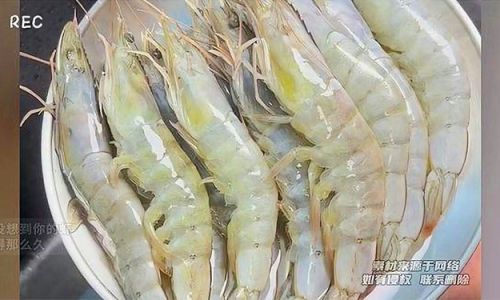
-
Freezer Bags or Containers: Transfer the cooled shrimp to freezer-safe bags or containers. Remove as much air as possible before sealing to minimize freezer burn.
-
Portioning: Consider portioning the shrimp into smaller quantities. This makes it easier to thaw and use only what you need without exposing the entire batch to repeated temperature fluctuations.
-
Labeling and Dating: Clearly label the bags or containers with the date of freezing. Cooked mantis shrimp can be stored in the freezer for up to three months for best quality, although they can be kept for longer periods if necessary.
Vacuum Sealing
Vacuum sealing is a highly effective method for preserving cooked mantis shrimp, as it removes almost all the air from the packaging, thereby slowing down oxidation and bacterial growth. Here’s how to use vacuum sealing for preserving cooked shrimp:
-
Cooling and Preparation: Ensure the shrimp are completely cool before vacuum sealing. This prevents moisture from condensing inside the package and freezing into ice crystals.
-
Vacuum Sealing Machine: Use a high-quality vacuum sealing machine to remove the air from the packaging. If you don’t have a machine, you can use a manual vacuum pump designed for food preservation.
-
Double Bagging: For added protection against freezer burn, consider double-bagging the shrimp. This extra layer of protection can significantly extend the shelf life and maintain the quality of the shrimp.
-
Storage: Place the vacuum-sealed packages in the freezer, ensuring they are not crushed by other items.
Using Food Preservation Solutions
Several commercial food preservation solutions are available that can help extend the shelf life of cooked mantis shrimp. These solutions often contain antioxidants, antimicrobials, and other ingredients designed to inhibit bacterial growth and maintain food quality.
-
Food-Safe Preservatives: Look for food-safe preservatives specifically designed for seafood. Follow the manufacturer’s instructions for use, as excessive use can affect the taste and texture of the shrimp.
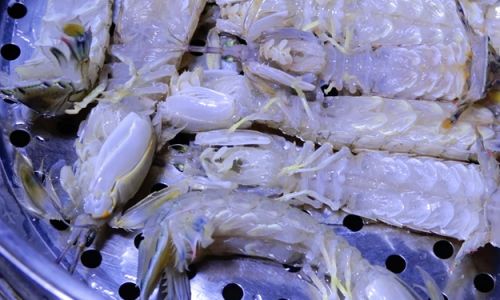
-
Cryoprotectants: Cryoprotectants like glycerol or sugars can be used to protect the shrimp’s cells from damage during freezing. These solutions are typically mixed with water and then immersed with the shrimp before freezing.
-
pH Adjustment: Adjusting the pH of the shrimp can also help to inhibit bacterial growth. However, this method requires precise measurement and handling to avoid adverse effects on food safety and quality.
Thawing and Reheating
When you’re ready to use the preserved mantis shrimp, proper thawing and reheating are essential to maintain their quality and safety.
-
Thawing: The best way to thaw frozen shrimp is in the refrigerator overnight. This slow, controlled thawing process helps to retain the shrimp’s texture and flavor. Avoid thawing shrimp on the counter or in hot water, as this can lead to bacterial growth and loss of quality.
-
Reheating: Once thawed, you can reheat the shrimp using various methods, such as steaming, sautéing, or microwaving. Steaming is often preferred as it preserves the shrimp’s moisture and flavor best. When reheating, ensure the internal temperature reaches 145°F (63°C) to kill any potential bacteria present.
Conclusion
Preserving cooked mantis shrimp requires careful handling and storage to maintain their quality, texture, and safety. By following the methods outlined in this guide, including immediate cooling, refrigeration, freezing, vacuum sealing, and using food preservation solutions, you can enjoy your cooked mantis shrimp for days or even months after cooking. Remember, the key to successful preservation is minimizing air exposure, controlling temperature, and inhibiting bacterial growth. With these techniques, you can ensure that your cooked mantis shrimp remain a delicious and nutritious addition to your meals for an extended period.
By understanding the perishability of cooked mantis shrimp and adopting proper preservation practices, you can enjoy this unique and flavorful seafood whenever you desire. Whether you’re preparing for a special occasion or simply want to have a ready supply of delicious shrimp on hand, these preservation methods will help you keep your cooked mantis shrimp fresh, tasty, and safe. Happy preserving!
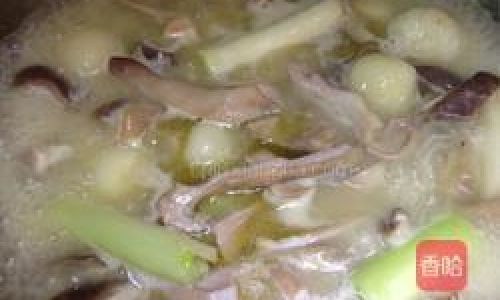
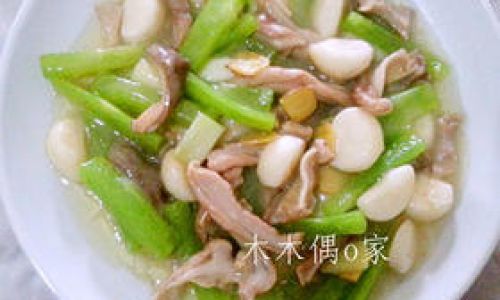
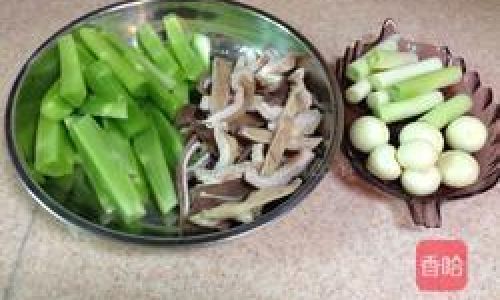

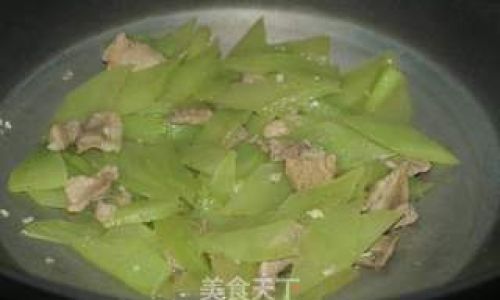
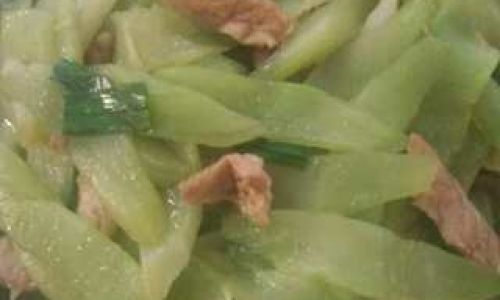
0 comments